Pro gardeners reveal the only pruners you should ever use
The professionals are unanimous – the Felco No. 2 are the best pruners in the world
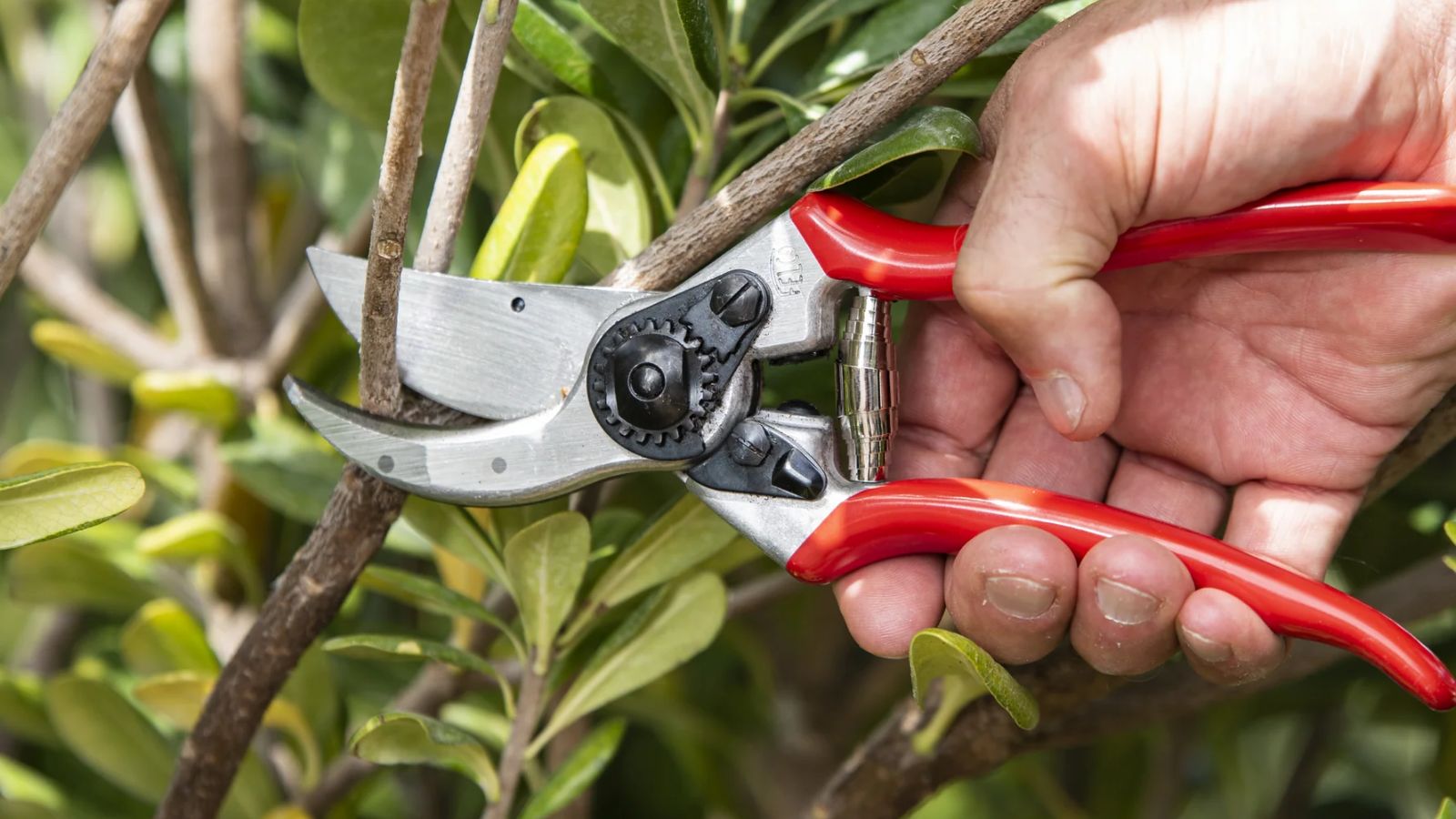

Pruners are essential gardening tools. Pruning is crucial to plant health, removing disease or damaged parts of plants and improving the yield of fruits, vegetables, and flowers.
However, the market is saturated with cheap, badly-made pruners. While they save you a little money, even for those who know how to properly prune tree branches, these tools are uncomfortable, can tear your plants, and break in months. That said, there is still one set of pruners out there worth buying.
I have tested more than 30 sets of pruners, and gathered the views of three experts in the field - two yard care company founders and a professional gardener - and we all agree there is one pair that outdoes the rest: the Felco No. 2 pruners are the best pruners in the world. They excel at every pruning task, from delicate deadheading to tough hardwood pruning. They're incredibly comfortable, last for decades, and are easy to maintain and repair. Here is our mini-review of them, and why we believe they are worth every dime.
The best pruners you can buy
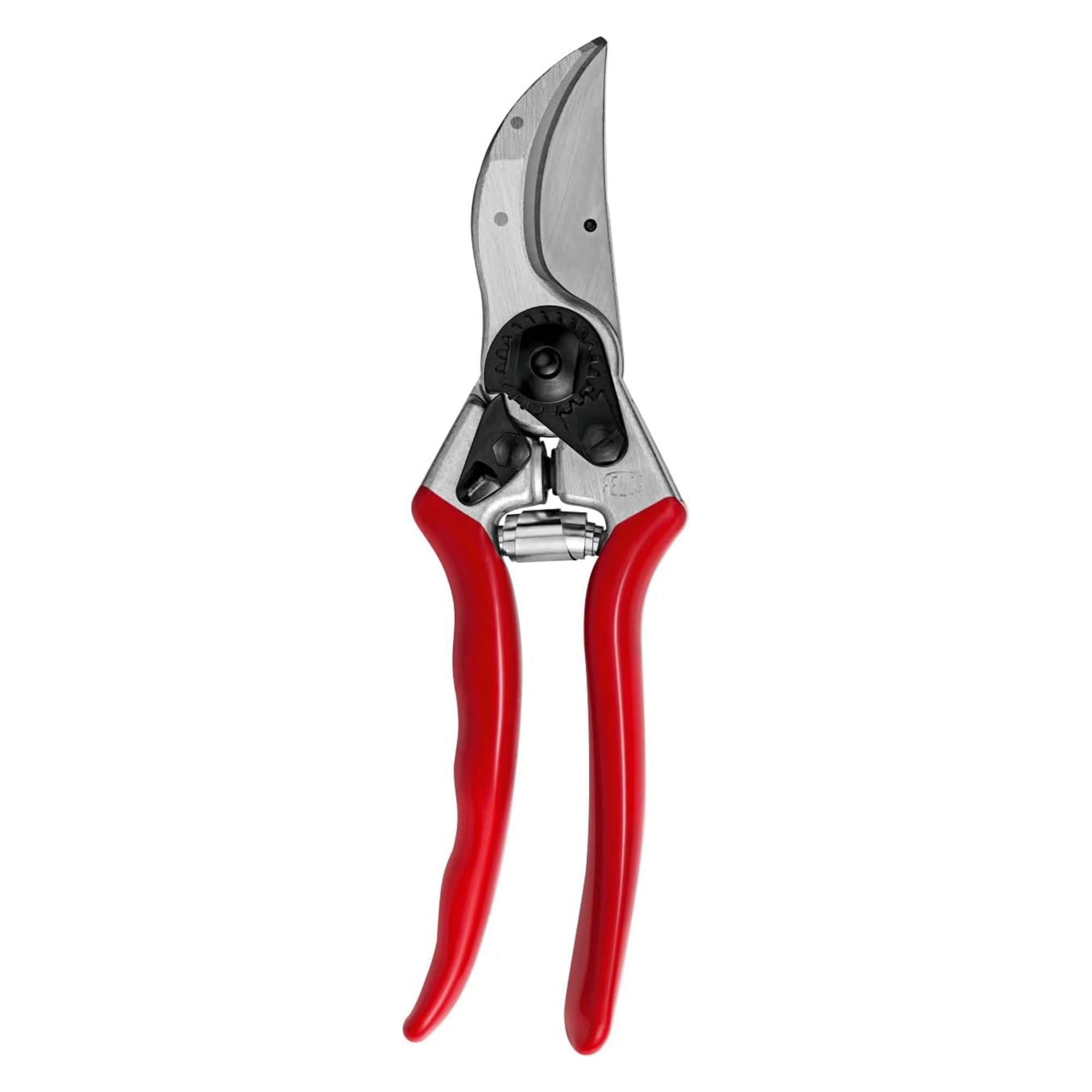
Felco No. 2 Pruners
Specifications
Reasons to buy
Reasons to avoid
I've tried dozens of pruners in my time as a product tester and I'm still yet to find a better set of pruners than the Felco No. 2. Pro gardeners also agree.
Horticulturalist Michael Clarke puts it simply: 'The Felco No. 2 are by far the best pruners on the market.' Pro landscaper Ward Dilmore agrees, telling me 'Felco Pruners are the gold standard for quality pruners in the landscape industry.'
The main thing to know about the Felco No. 2 is that they're incredibly hard-wearing. It sounds like a marketing gimmick, but these pruners can genuinely last for years. Pro gardener and gardening writer at H&G Drew Swainston says 'I used a pair of Felcos throughout my professional gardening career - and still use the same pruning shears almost a decade later.' Well-oiled, these will last you for life.
The Felco No. 2 are also comfortable. The grips have ergonomic bumps to help you hold them, but the shock absorbers mean that you hardly notice you're using them. Unlike any other pruners I've used, you can spend hours using these pruners without your hands chafing or cramping. Drew agrees, and says 'The Felco F2 are easy to use and fit well in the hand, and, even after many hours of pruning, they are still reliable and comfortable as they absorb each impact and you don’t excessively feel each cut.'
I've also found that the Felco No. 2 give the cleanest cut of any pruners I've tested, and keep their sharpness for longer than other pruners I've tried. It's hard to quantify, but they rarely crush stems or rip the bark of the tree, which is crucial for preventing infection in your plants.
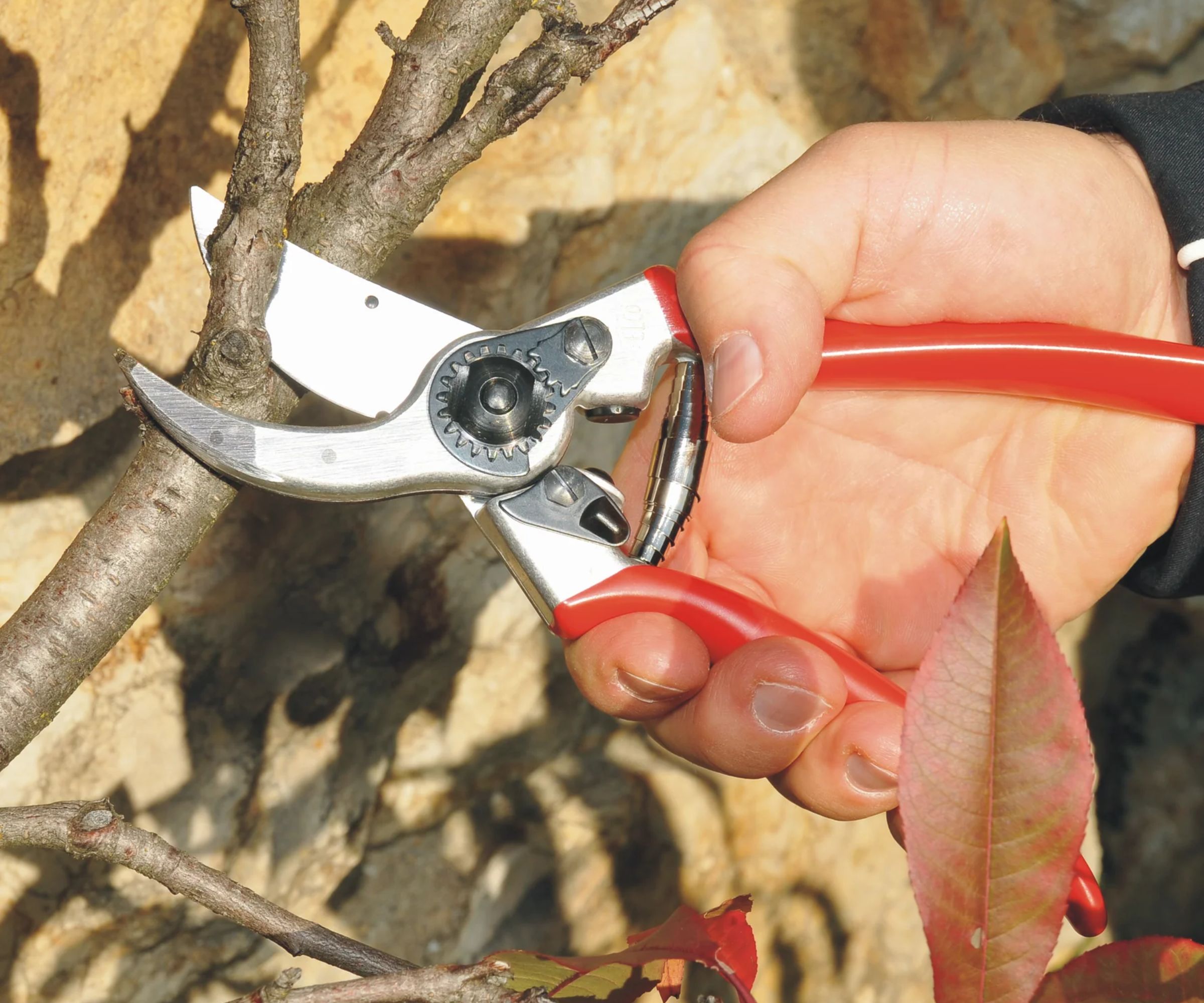
The best feature of these pruners is that every single part is replaceable. In a world where almost every product you buy cannot be repaired with spare parts or costs hundreds of dollars for a 'specialist' to fix, Felco sells spare parts for every inch of these pruners. 'The advantage of these Felco pruners is that all the parts of replaceable, so if anything does go wrong it does not mean the end for them,' says Drew. 'Each part can be replaced so you can carry on cutting for years with this dependable set of pruning shears.'
These are more expensive than lots of pruners out there, but not prohibitive. They're around the same price as the Niwaki Higurashi GR pruners below, so while they're more expensive than cheap plastic models, they aren't the priciest pruners around.
The only real drawback? Shorter gardeners have found that these are a little big for their hands. If you're shorter than average, consider the Okatsune 103 pruners below - they're much better for smaller hands.
That said, Ward Dilmore sums it up well. 'If one is looking for an all-around great pruner that is easy to maintain, will retain its sharpness, comfortable to use, and will last for years to come, one can’t go wrong with the No. 2 pruners.'

Michael Clarke is the founder of Yardwork and Pulled, the online platforms for everything home and garden. He has a degree in landscape architecture and horticulture from the University of California Davis. He was previously the founder of a landscape development and maintenance company, where he provided complete landscape services to homeowners and commercial property owners.

Ward Dilmore is the founder of Petrus, a premier luxury estate landscaping company. Based in California’s Bay Area, Ward’s expertise spans both large-scale commercial projects and intimate private gardens.

Drew qualified as a journalist and wrote for many websites and publications, before studying for a horticulture qualification. He worked as a professional gardener for several years, specializing in kitchen gardening. He's now bringing his expertise and passion to Homes & Gardens.
Other great options
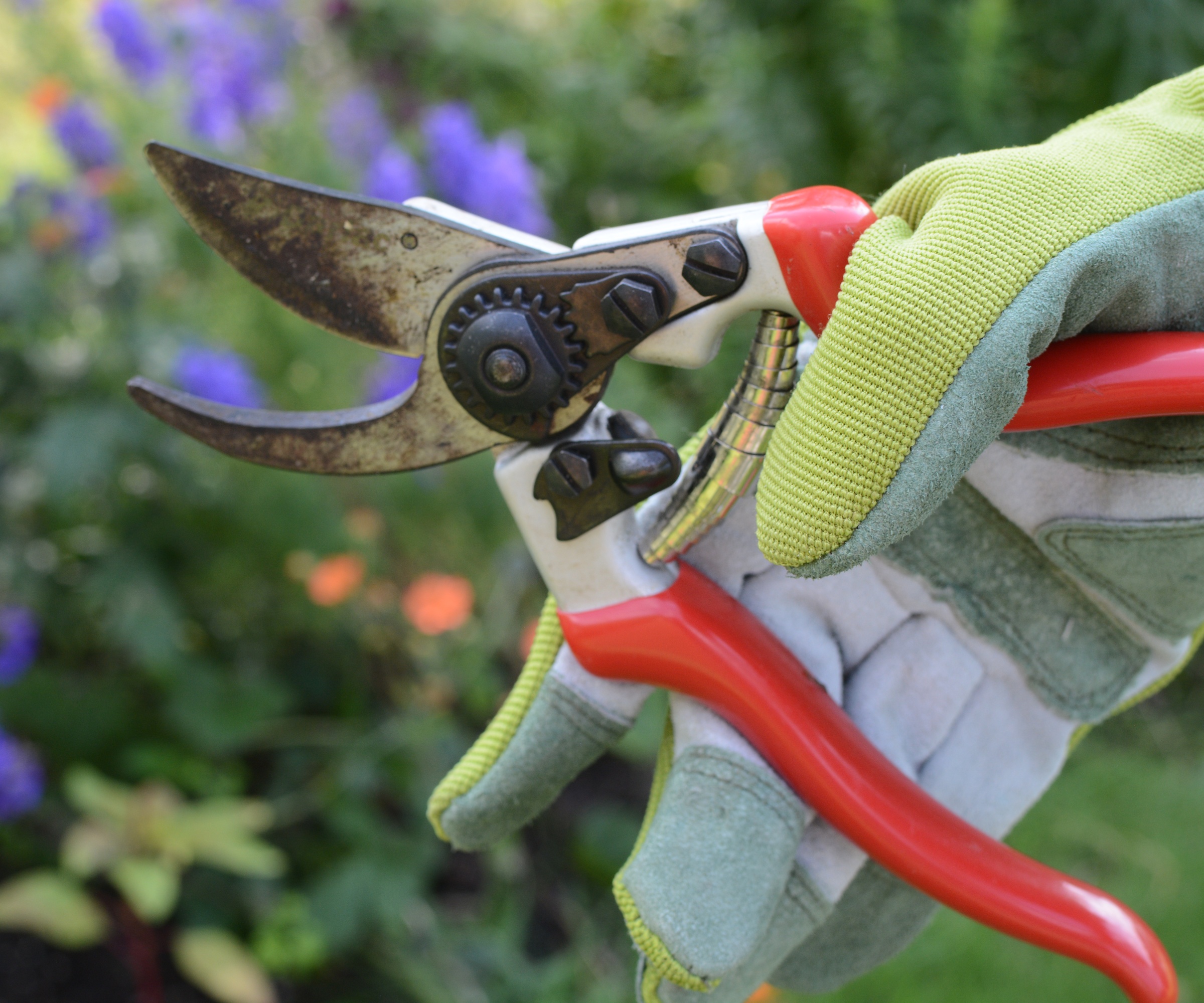
While the Felco No. 2 are as good as it gets, there are some other durable options out there worth considering. These all have drawbacks compared to the Felco No. 2, but some are better suited for those with small hands or those with tighter budgets.
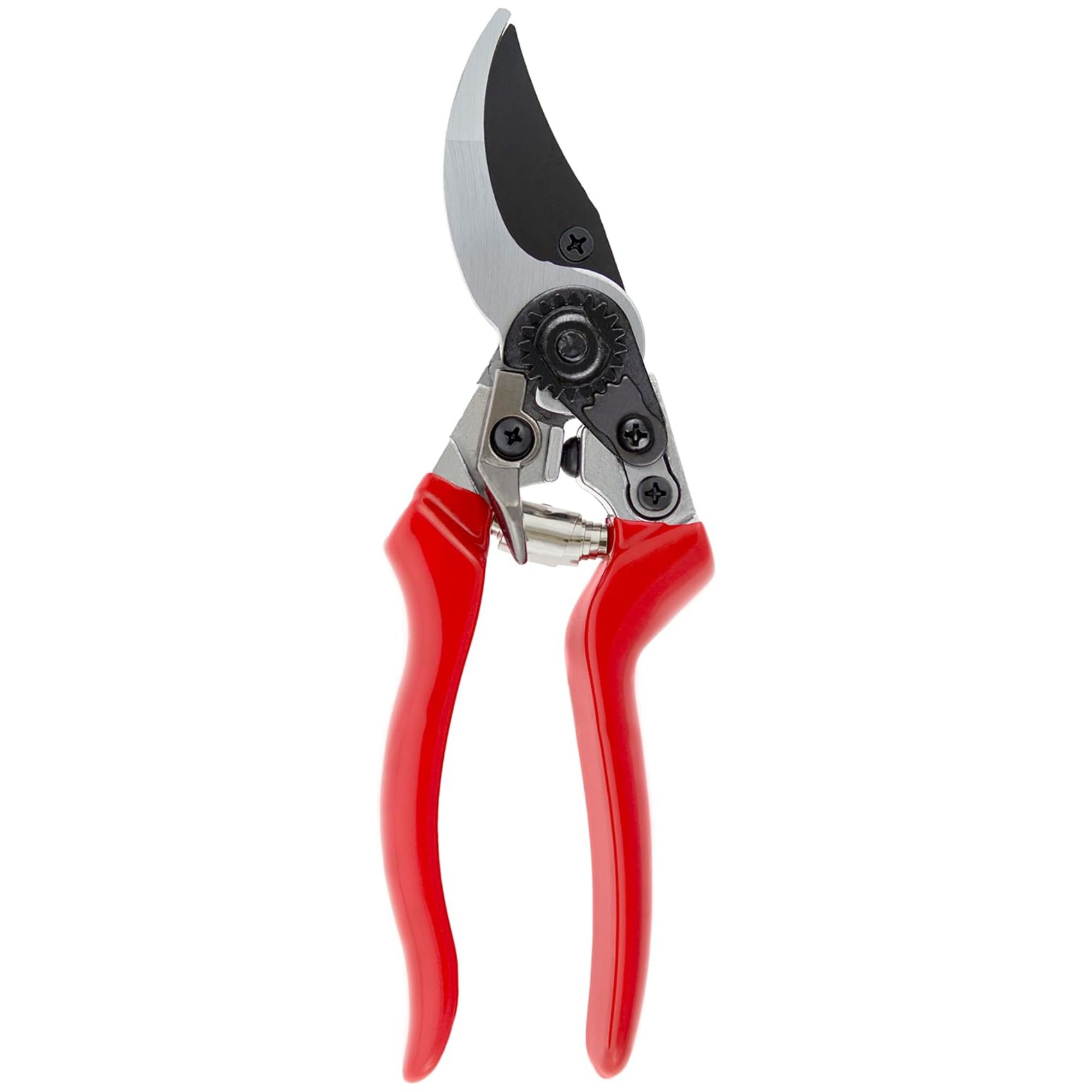
If you want good pruners on a budget, these are your best bet. They're the best Felco dupes around (the eagle-eyed will notice how similar these are to the Felco No. 9). However, when I tested them, I noticed that they aren't as comfortable as the Felco No. 2 or No. 9 pruners, and start to rub on your hands a little.
Though the spring and blades can be replaced, you can't find replacement parts for the safety catches, so they aren't as mendable as the No. 2. However, for a nearly $50 saving, these are worth considering.
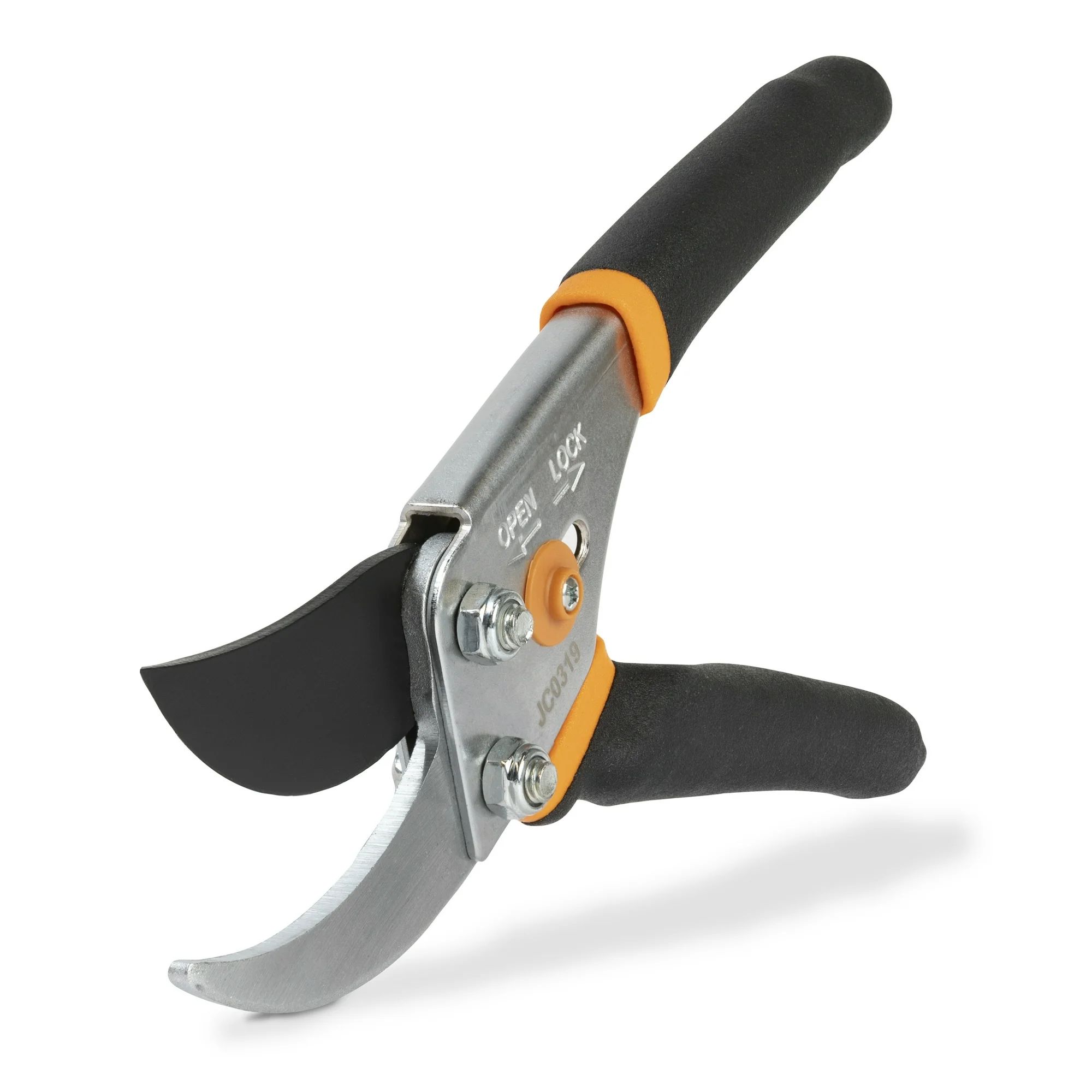
These are another good option if you find the Felco No. 2 pruners too expensive. They're very cheap and still do a great job. In fact, horticulturalist Michael Clarke told me that he uses these pruners precisely because they're inexpensive. 'While the Felco No. 2 is my favorite, I don't often use them at work because of the higher cost, and instead, I use the Fiskars 5/8" bypass pruners.' If you lose or break these, they're cheaper to replace, and you can buy several pairs for the same price as Felco No. 2 to ensure you always have pruners to hand.
However, these are by far the heaviest pruners on the list, so there are easier options if you have small hands or mobility issues. They also have a smaller cutting diameter than the Felco No. 2, so you can't process thicker stems.
There are no replacement parts for these pruners, so if you break them, there is no way to fix them, and buying replacements could quickly mount up to be even more expensive than buying a pair of premium pruners which can be fixed. On top of that, the black handles can be hard to spot if you drop them into shrubbery.
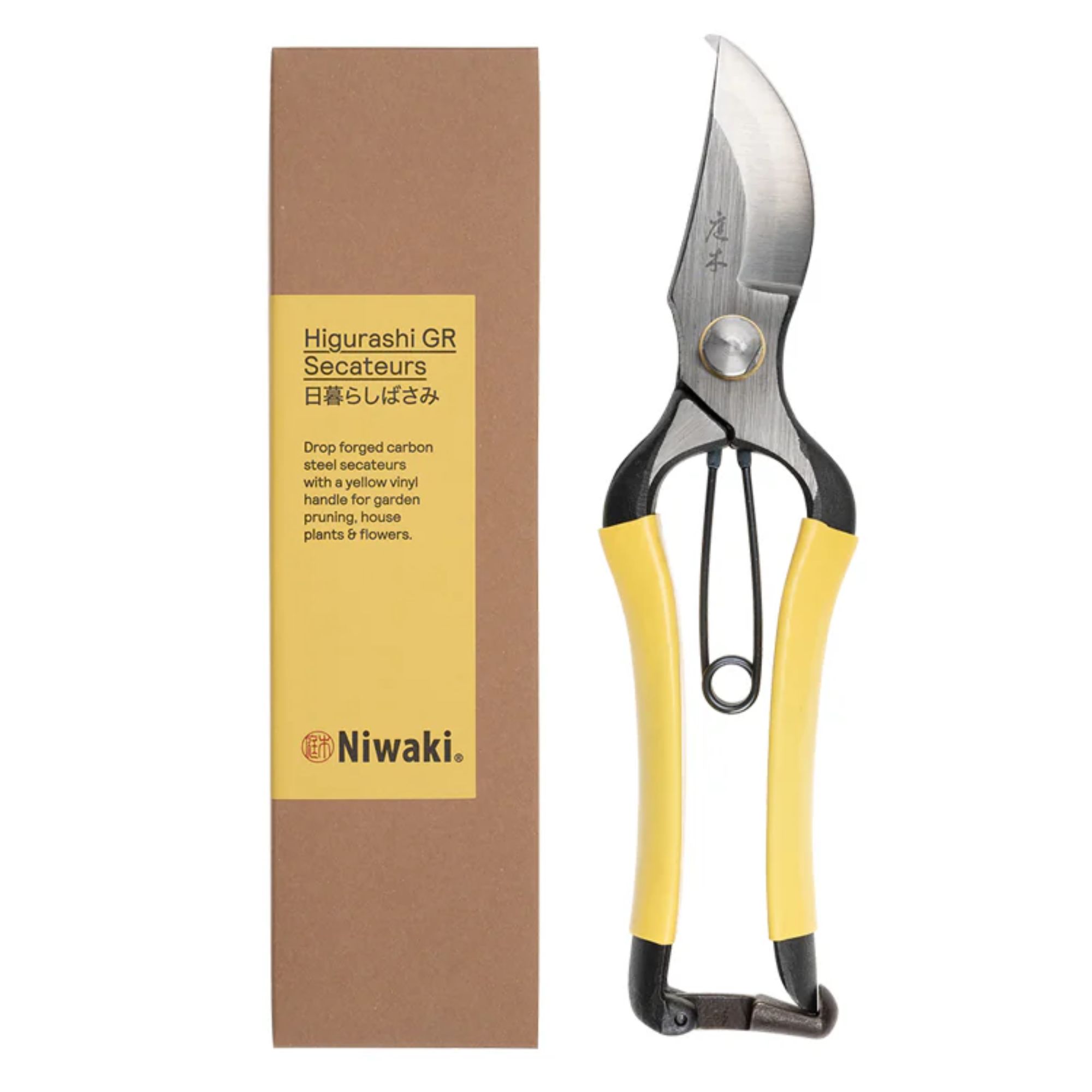
These pruners are made from drop-forged steel, so they're slightly stronger than other pruners on the market. They weigh about the same as the Felco No. 2 and they're similarly durable. H&G gardening writer Thom Rutter told me: 'As a former professional gardener, Niwaki was always my go-to choice for pruners. Whether pruning perennials, houseplants, shrubs or small tree branches, I always found Niwaki to easily and effectively slice through stems - the Japanese carbon steel really pays off.'
The yellow handles are great, too. Not only do they look good, but they're perfect for spotting among dark leaves. Thom says 'I used to have the Niwaki Pro Secateurs and loved the all-metal look. However, I would lose this pair several times a day, as the coloring would blend into the soil, mulch, or planting.'
However, unlike the Felco No. 2 and Okatsune 103, there's a knack for opening and closing the safety catch, which is mildly frustrating when you're moving between tasks. These are also one of the most expensive pruners on the market - I've seen them listed for as much as $90.

Thomas is a Content Editor within the Gardens Team at Homes and Gardens. He has worked as a professional gardener in gardens across the UK and in Italy, specializing in productive gardening, and growing food and flowers. Trained in Horticulture at the Garden Museum, London, he has written on gardening and garden history for various publications.
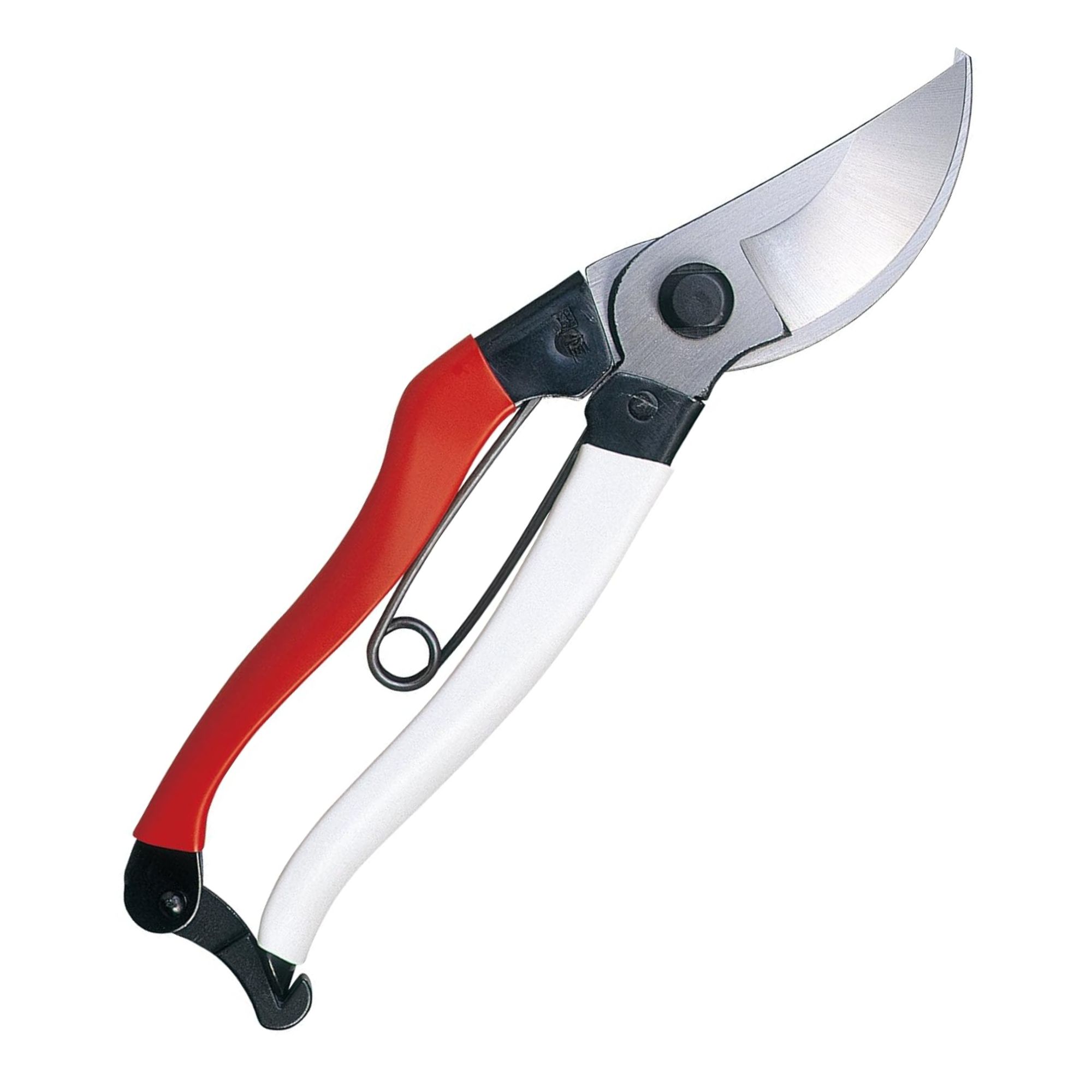
If you have smaller hands, choose these pruners. Some people with small hands find the Felco No. 2 a little unwieldy, and they're slightly heavier than these pruners. The catch is easy to undo with one hand, and the blade easily passes through most branches. The red-and-white grip pattern is especially easy to spot if you drop the pruners into a hedge or lawn.
These give the second-best cut of any pruners I've tried, second only to the Felco No. 2. They open up to nearly a full inch and slice right through green, wooden stems as there's nothing there.
However, the grips on these pruners leave a little to be desired, especially if you're wearing gardening gloves. When I've used these in the past, I've found that they slip out of your hands a little.

Anvil pruners work differently to bypass pruners. Rather than cutting like scissors, they cut against a hard rubber 'anvil', to help you slice through thicker, denser branches. For example, you can cut through bamboo with anvil pruners in a way that's impossible with bypass pruners.
The Felco No. 32 are as good as anvil pruners get. They're similar to the Felco F31, but these are about 3.5oz lighter. While these are a one-trick pony, and not as nimble as the Felco No. 2, they're great for processing thicker, denser material.
The anvil is adjustable, so if you find you can't gain purchase on a particular set of branches you can adjust the anvil until it works for you. Like all Felco pruners, every part of these can be replaced: you can buy one pair of these and use them for life.

Ratchet pruners are the third type of pruner. They use a ratchet mechanism to cut through the wood in stages, which means that you can cut through much thicker branches than you can with bypass pruners. You cut a little, engage the ratchet, and then cut a little more, taking you through thick branches. Ratchet pruners are often great if you have mobility issues in your hands like arthritis or Parkinson's, because you can use a little strength at a time.
The downside with rather pruners is that cutting in stages often makes for a slightly ragged cut. That's fine if you're processing dead branches to reuse them in compost or mulch, but could tear bark on live trees and leave an open wound that can cause disease.
I've tried these Corona ratchet pruners a couple of times, and they offer a straightforward ratchet mechanism that makes short work of even the thickest branches. However, though they were tougher than I thought they'd be, the plastic handles aren't as durable as other pruners out there.
How do I find good pruners?
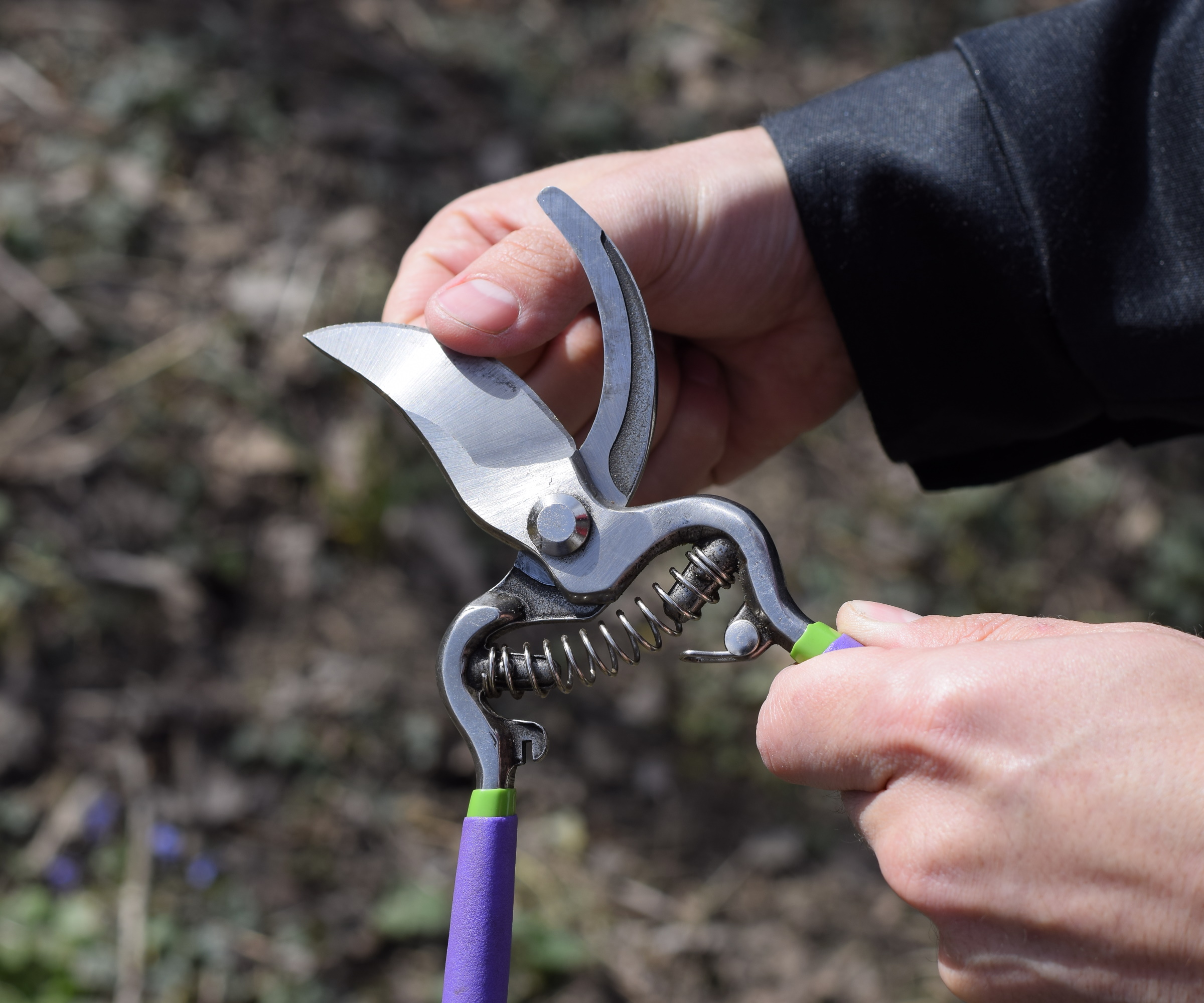
There's a knack to finding good pruners but once you know what you're looking for, they're easy to spot.
The gardeners I spoke to gave me some good advice. Gardener Michael Clarke says 'The most important thing I look for when buying pruners for personal use is their comfort level and strength. I want something that can be used for a long period of time without breaking down.' You need pruners that are easy to use for several hours at a time, and pruners that won't break. This is why plastic pruners are usually a no-go. The bare plastic handles rub, which is uncomfortable, and they also snap or weaken at the blade, which means a lot of plant matter gets stuck in the scissor mechanism and slows down your work.
Michael adds 'I also want to make sure they are built strong enough for hardwood branches so that I don't have to put a lot of extra force behind them to cut.' You never know what jobs you might end up doing in the garden. You may notice a problem as you deadhead and end up having to cut up a lot of hardwood, so you need tough, durable pruners.
Landscaper Ward Dilmore reiterates how important it is to buy pruners that you can fix and maintain. 'Pruners will be dropped, soaked, dulled, and damaged over time as they’re used in the landscape,' he says. 'Knowing this, it is essential to look for pruners that can easily be taken apart, sharpened and maintained.'
Pruning seems like a straightforward task, but there's lots to master. Every species of plant has different needs and benefits from different styles of pruning at different times of the year. It's important to know when to prune trees, as well as the specifics of when to prune fruit trees.
Sign up to the Homes & Gardens newsletter
Design expertise in your inbox – from inspiring decorating ideas and beautiful celebrity homes to practical gardening advice and shopping round-ups.

As a gardens and lifestyle contributor, Alex makes sure readers find the right information to help them make the best purchase. Alex got his start in reviewing at the iconic Good Housekeeping Institute, testing a wide range of household products and appliances. He then moved to BBC Gardeners’ World Magazine, assessing gardening tools, machinery, and wildlife products.
-
 'Wick away the ick' – 6 things people with clean laundry rooms always do to make this hardworking space shine
'Wick away the ick' – 6 things people with clean laundry rooms always do to make this hardworking space shineThese tips on how to clean your laundry room will banish grime
By Seraphina Di Mizzurati Published
-
 Jennifer Aniston’s bedroom is a ‘goldmine of simple sumptuousness’ – it’s 2025’s version of quiet luxury and so easy to recreate
Jennifer Aniston’s bedroom is a ‘goldmine of simple sumptuousness’ – it’s 2025’s version of quiet luxury and so easy to recreateThe actress's unique space features James Mont-designed lamps and a raised bed inside a walnut plinth – but you can recreate its understated sophistication
By Megan Slack Published